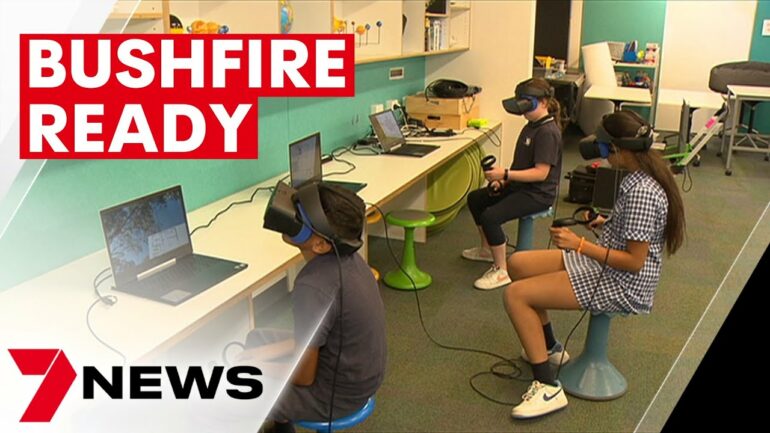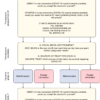When you live in the driest State in the driest country in the world, bushfires are an unfortunate, and all-too-regular part of life. Learning how to survive such emergencies is important for all people, but especially for our youngest citizens
Now, a new virtual reality (VR) experience developed by the University of South Australia is educating children about bushfires and helping them learn how to be safer in a bushfire incident.
Focusing on children aged 10 to 12 years, the new VR experience presents a scenario where children are tasked to look after a friend’s dog just before a fire event begins to unfold. They participate in a series of problem-solving activities to help save and protect themselves and the dog.
Published in the Journal of Educational Computing, the research demonstrates how immersive VR experiences can deliver significant positive learning outcomes for primary children, independent of their gender, background knowledge or perceived ability to respond to bushfire hazards.
The findings showed that more than 80% of children agreed or strongly agreed that they felt more confident to calmly evaluate the options and make wise decisions to protect themselves from a bushfire. This is especially significant considering that 91% of participants originally lacked any knowledge of fires, and that 67% had said that they were too young to make safety decisions in a fire.
The project was part of Safa Molan’s Ph.D. project. Her supervisor and fellow researcher, UniSA’s Professor Delene Weber says immersive VR experiences have enormous potential to engage, educate and empower younger generations.
“VR has enormous potential to teach children about emergencies. As digital natives, they are engaged by technology, so when it’s immersive—as it is with VR—they can experience events realistically, yet within safe parameters,” Prof Weber says.
“Well-designed VR can provide an opportunity for children to apply newly acquired knowledge, reinforce their learnt concepts, and enable immediate feedback—all incredibly valuable learning tools.
“In this scenario, we applied best practice in terms of VR and educational design, showing how VR can achieve higher order learning skills such as analysis and application of information to a new situation. And we tested the effectiveness on one of the most vulnerable groups—children.
“Because children have fewer life experiences to build resilience, aren’t as physically strong, and are less likely to have learned much about bushfire safety, they’re often most at risk. Yet the capacity for children to contribute to bushfire safety at their household level should not be underestimated.
“Children do not need to be passive victims of disasters and with purpose-built virtual reality experiences such as these, we can help empower children to understand the risks but realize they can help.”
Prof Weber says immersive VR technology could potentially be used for other disaster scenarios such as floods or war environments.
“Building resilience before a traumatic event occurs is invaluable, which is where VR can help,” Prof Weber says.
“VR is empowering children to understand how their can control aspects within a disaster or can cope by themselves, and it helps them build their confidence so that they can contribute positively rather than being afraid.
“This technology could easily be applied to other disasters such as floods and wars—which is particularly pertinent now with extreme floods still affecting New South Wales and Queensland, and the atrocities of war occurring in Ukraine.
“There is certainly no reason you wouldn’t get the same positive results when focused on different traumatic events—although the more predictable the processes are, the easier it would be for designers to create a relevant scenario.”
Heading into school holidays, the CFS is currently warning families and young people to take care if considering a campfire, especially with dry grass and warm weather still lingering. And with teens often trusted to enjoy some independence alone, it’s important that they pay attention.
In line with holiday trends, Prof Weber is also hoping to investigate VR education scenarios for teenagers and young adults.
“Building competencies and resilience in young people of all ages is vital for their ability to survive in disaster situations—nothing in life is guaranteed, but we want to make sure that our children are given the very best chance.”
More information:
Safa Molan et al, Shaping Children’s Knowledge and Response to Bushfire Through Use of an Immersive Virtual Learning Environment, Journal of Educational Computing Research (2022). DOI: 10.1177/07356331211054569
Provided by
University of South Australia
Citation:
Immersive VR: Empowering kids to survive in fire, flood and war (2022, April 26)



